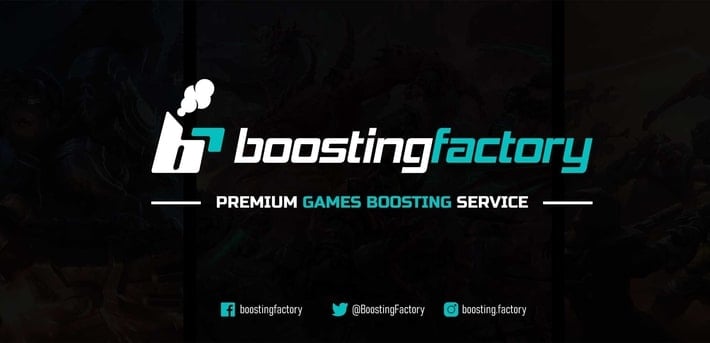
Valorant at the writing of this post has 9 maps in the standard mode. The problem is that it becomes difficult for a new or less experienced player to choose the best one.
Since I'm a professional Valorant booster here at Boosting Factory, I played hundred and hundreds of games on each of these maps. I believe I'm qualified enough to rank them. Of course, we might not agree on every single one and that's okay.
My posts below answer all these questions. I highlight the 9 standard Valorant maps from best to worse. While the last one shouldn't necessarily be avoided, it does have its flaws.
What makes a Valorant map a good choice?
There are a few parameters that make any valorant map good enough.Balance:
The map shouldn't be lopsided in favor of a single side or type of player. A map should be dependable and easy to attack as well. Also, once you lose certain key areas, it should be possible to retake them.
Support various playstyles
The map shouldn't restrict the players to a single play style. That would make the map monotonous, and you will soon get bored.
Numerous agent options
Number of agents available can vary from one map to another. The problem is if the map severely limits the number of agents, it becomes monotonous to play that map repeatedly. Sooner than later, you will lose interest despite the players being different.
Angle options
Angle kills certainly make the game interesting. Angle positions ensure you have little risk and can take an opponent out pretty swiftly. Angle positions allow you to eliminate most of the squad, making winning the game easy.
The list below consists of all the 9 standard maps in Valorant, ranked from best to worst.
1. Ascent
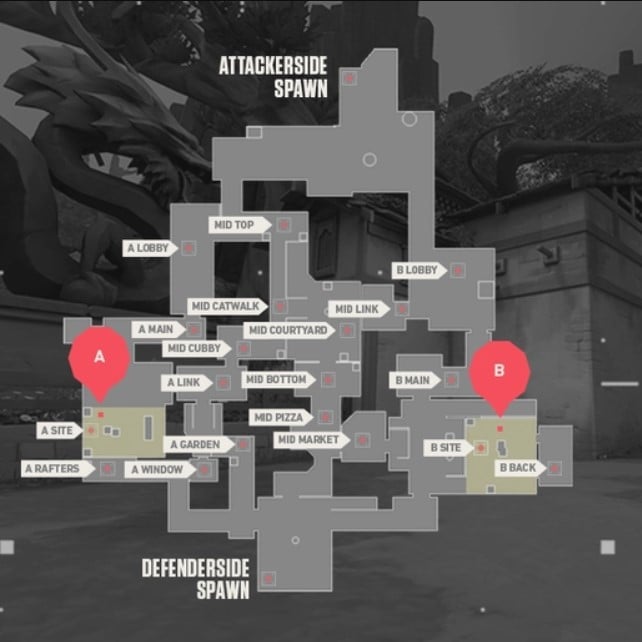
Not only that, it is a map that resembles CS:GO maps pretty closely. So, the learning curve is limited.
As for the unique element, the doors at the sites certainly help you gain a small but strategic advantage.
Some might argue it is more suited for snipers because of long sightlines, but it is equally good for close combat. Agents that have mobility can certainly enjoy the map much more than others.
The equal balance ensures that defenders and attackers fare well on this map. This map is also suitable for beginners (check out our beginner valorant guide for more) and seasoned players alike.
If there was ever a balanced map in most aspects, it is this one. It deserves the peak position on this list.
2. Breeze
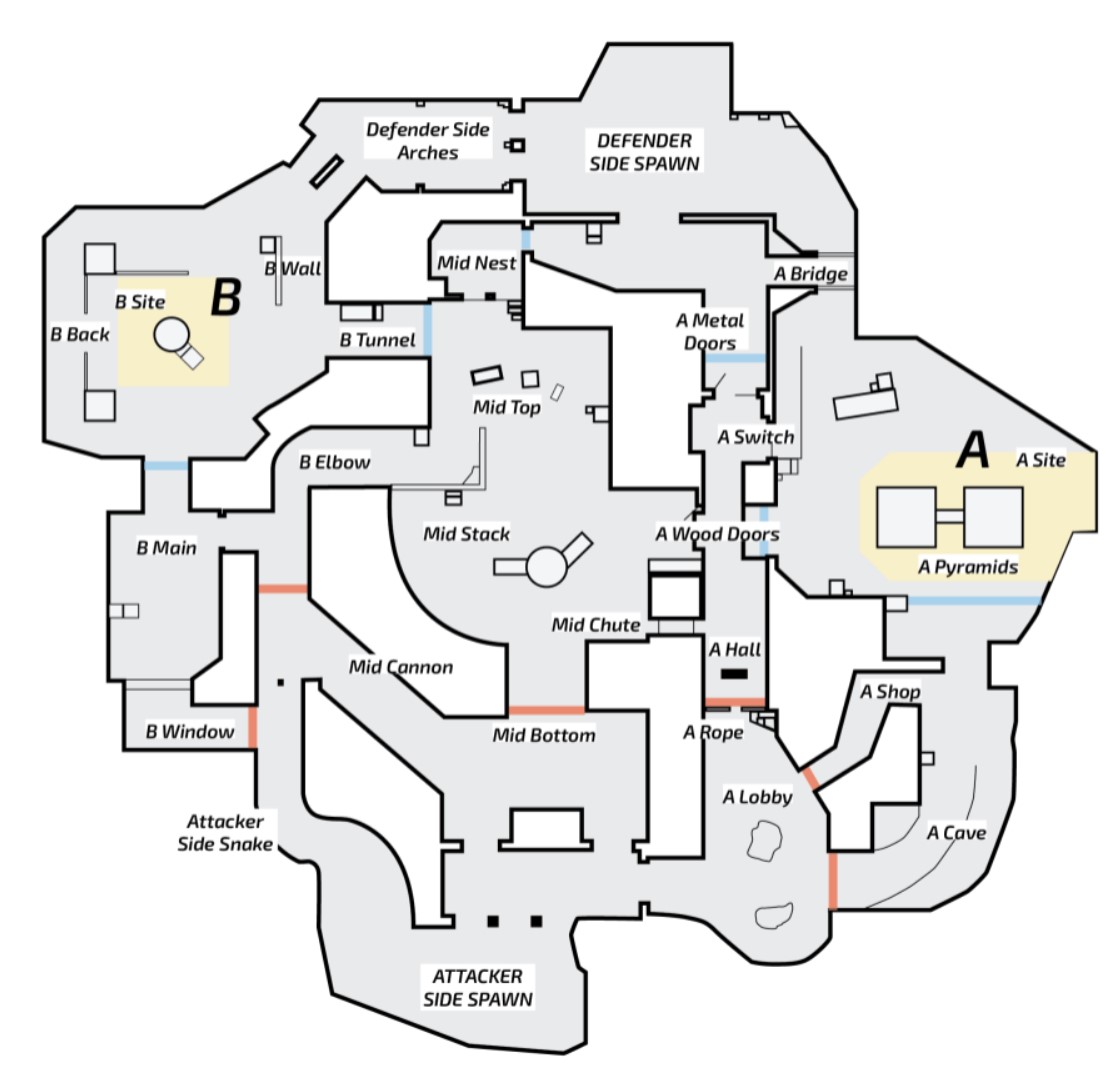
Breeze is a map that has sparked a fierce debate among Valorant players. Some simply love it, and others don't want to play it. There is hardly anyone in between. The older breeze map was repetitive. Maybe that is what got it a bad reputation.
After the rework, defending is now possible, making it playable. The rework included a chokepoint on Site A and more cover on Site B, which made it more even. Despite the rework, some flaws still exist. Example, on site A, attackers can push through 3 points, making it another disadvantage for the defenders.
In the rework, the wall at the back of site B was extended to block off visibility to Site B’s entrance, making it better for the defenders. Each aspect of the breeze is big, including the corners. Numerous entry and exit points certainly provide attackers with opportunities, but after the rework, defenders have an equal chance.
The long-range of the map means snipers do come into play. However, if you take out the sniper, it does provide you with an advantage. The best option is to smoke out the sniper. Taking out the enemy sniper certainly ups your chances of winning.
Overall, after the rework, the map is much more balanced and offers an equal opportunity to retake sites, making it a good map.
3. Icebox
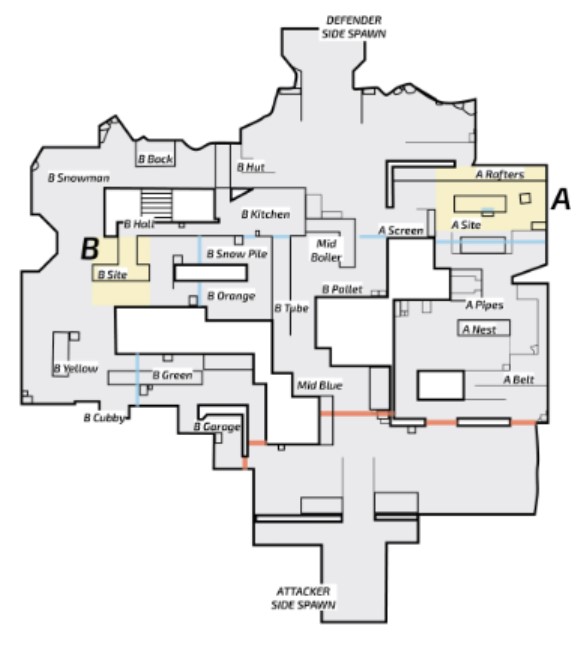
Icebox is a controversial map hated by many players because of the difficulty in defending site A.
One thing you cannot take away from it is the numerous angles for attackers and defenders, especially on site A. For example, defenders can choose the angles beside pipes, behind boxes, etc. For attackers, side executions are a good choice. Besides, defaulting (splitting up) works great as well.
Behind the rising popularity of Icebox is its site A. It offers clear angles and corners. You can simply use the zipline or charge to the site. There are smoking angles available as well. Go anti-flank, and you need not control the mid, either. Since recent changes, Site B is equally easy. It requires you to take control of the mid, which helps you get clear angles. While Icebox is pro-attackers, all defenders need to do is take control of mid. The biggest downside is the limited agent pool, which limits diversity. The rework has certainly made this map playable, and that is why, it is on #3 on my list.
Read More: Top 30 Tips To Rank Up Fast in Valorant Immediately
4. Haven
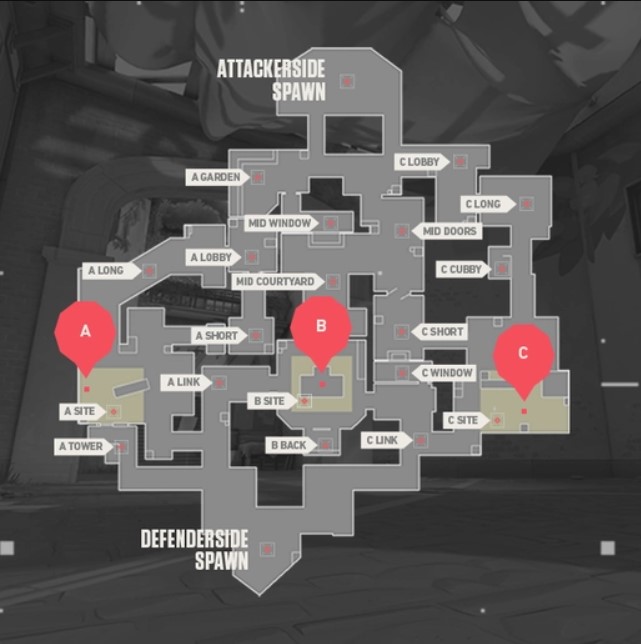
Haven offers a ton of variety, which keeps things entertaining. A simple strategy of controlling the A lobby and C long works great when playing defense.
On the other hand, attackers can go for a double-pronged attack, initiating from the C long and connector. Without going much into it, it does offer something to both teams.
Add to that the availability of numerous angles to play with and attack off-guard enemies, and you certainly have an entertaining map. Merely pick an agent with the ability to get on top of the boxes, and you get a distinct advantage on this map.
Haven is great for the fast execution of the strategy, no matter which side you are on.
Though it doesn't come without its flaws, like having three sites. The three sites create numerous chokepoints, which favor the attackers.
However, the variety, ability to execute your strategy fast, and simple strategies that work great for both sides certainly make it a worthy map.
5. Bind

How about a map with teleporters?
That's bind for you! If you do not want to use teleporters, you can use direct paths, but teleporters save time.
Not only that, teleportation offers an escape route to fight another battle. They certainly make the game more interesting. The entry and exit points of teleporters are fixed; therefore, the enemies can catch you with some team play.
The disconnect between the map minimizes the mid part of the map. Consequently, there is no chance for any team to dominate it, which keeps the field open for both teams. Flaws include not being favorable for attackers. Defending the B side is reasonably difficult as well.
Key areas of the map include B long, Showers, and Hookah. Lose these; it is an uphill battle for most teams to retake them. Most probably, a team will perish just attempting to retake these. It is a map that is hard to retake and attack.
Thus, because of the difficulties of this map, it couldn't move higher in this list.
6. Fracture

Fracture has the distinction of being the only map where the defenders start at the center. That gives attackers an advantage, as they can ambush defenders from both sides. However, it isn't an attacker's paradise because timing the push on the defenders from both sides is not easy either.
Fracture can certainly be considered on the shorter side, making the round timelines short. 2 Parallel zip lines in the map ensure players can come from anywhere, which is why this map does have a learning curve. Numerous shelters and corners certainly make close and mid-level combat exciting.
However, at the end of the day, you get a map that doesn't do much for attackers and defenders, making it average at best.
Read more: Valorant Agent Tier List
7. Lotus
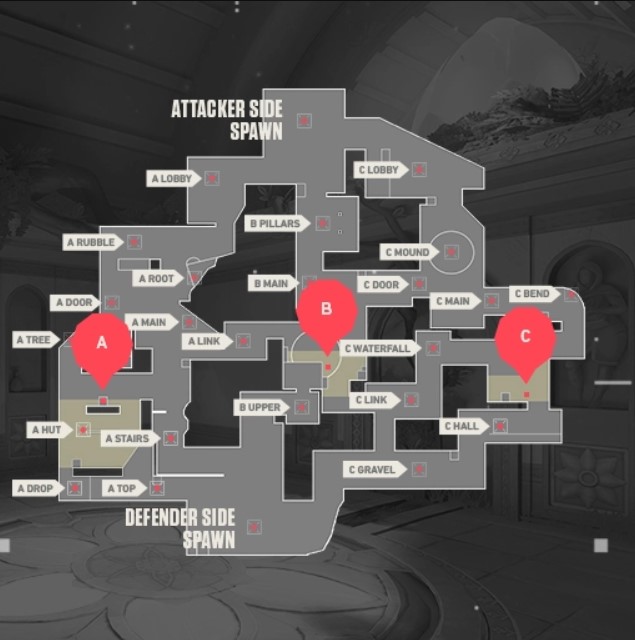
Lotus might not be a popular map in beginner's circles, but its adoption was quick in the professional circuit. The main difference in this map is the ability to plant spikes on three different sites. Despite that, multiple entry and exit points on each site make it seem like a maze. That is why it takes time to get used to it.
Without mentioning the huge revolving stone doors, no discussion about Lotus can be complete. Since they open slowly, the players must time their moves to ensure they aren't stuck. Fortunately, the button is beside the door, helping you control it easily. The only problem is that they are pretty loud, thereby alerting enemies.
Multiple entry and exit points to each site and three different sites certainly make it challenging.
8. Pearl
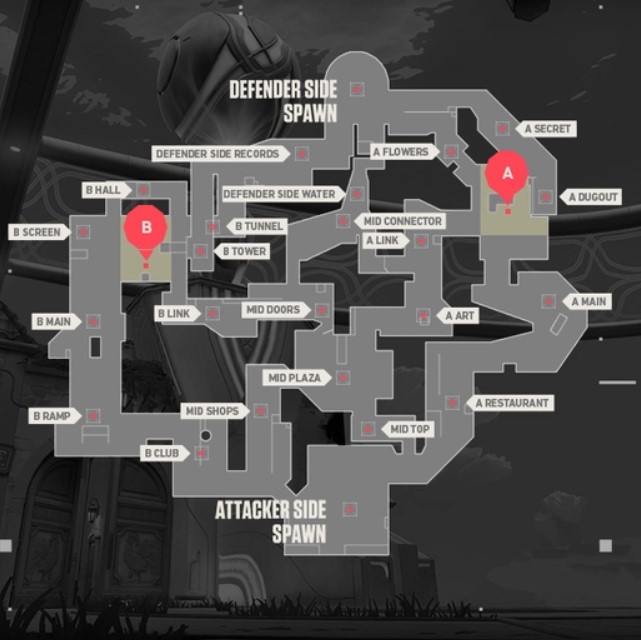
Pearl is known for its underwater design, which makes it aesthetically pleasing. As for the map, the B site is difficult to defend. Also, the time needed to get from one end to another extends the gameplay.
Apart from that, it has a lot of positives, like the option to choose from a wide variety of agents.
It is a map that allows you to control the entire game by controlling the mid-section. Control it, and you can easily hamper the movement of the opposite team. On the flip side, attackers can get to the sites quickly if the defenders don't have control over the mid-section.
Controlling the mid-section is easier said than done because it requires proper communication and timing. While it is a comparatively new entrant in the maps list, it certainly has all the markings of being a decent map with the weak point being mid control.
9. Split

You will find a split on almost every top valorant map list. However, it will seldom be near the peak position because it has numerous cons.
To start with, it offers a wide agent pool, ensuring monotony won't be a problem. Add to that, a great balance between the attacking and balancing sides makes the match even, and as they say, the best team would indeed win.
Its shortcoming is the mid-control. Simply put, whichever team has mid-control will likely win. Retaking midway is extremely difficult. Because of this, most action initiates around the mid, and the team that isn't active in this area at the start loses.
On the angle play, the split has more angles than any other map in Valorant. That can make the map frustratingly difficult for beginners who are unfamiliar with it.
It is a map with fans and haters, and I can understand why, making this map the perfect option for the bottom of the list.
FAQs
Which is the biggest map on Valorant?
Breeze is the biggest map available on Valorant. The problem is it becomes repetitive because of the large footprint.What is the oldest Val map?
Split is the oldest map in Valorant. Soon Haven and Bind followed. For some time, these were the three options available to players.What is the smallest map in Val?
The bind map is the smallest map in Valorant. The primary reason is the absence of mid-areas. For connectivity, it consists of teleporters.Why did the Riot remove the split?
Riot Games commented that too many maps aren't good for players. Since they had to put one map on the chopping block, they chose split because they felt it was the least liked.Wrapping it up
Now that you know the best Valorant maps, it is best to up the entertainment quotient while playing Valorant. Choosing a balanced map allows you a fair chance to defeat the team with your skills and enjoy the game in the process.Want to take your Valorant experience to a whole new level?
If so, try our Valorant rank boosting service, where our professional players help you attain the rank you want by playing on your behalf. Alternatively, you can also play with our team to boost your rank.
With our completely safe and affordable Valorant rank-boosting services, you cannot go wrong.
RADIANT
Secure your Valorant seasonal rewards, today.
